.95 Vs .99 Pricing
7 pricing tricks that make you spend more
/ MoneyTalksNews
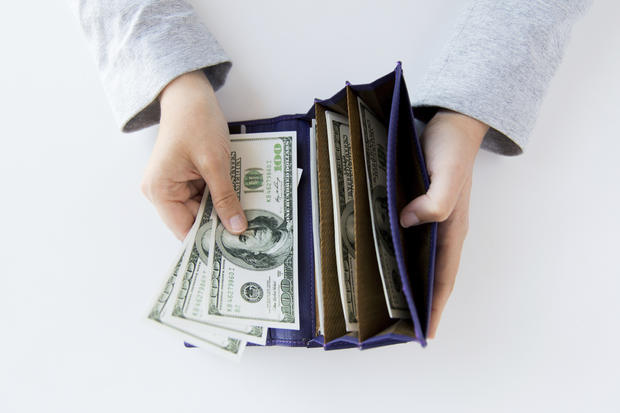
By Renee Morad/MoneyTalksNews
If you find yourself reaching for a $39.99 sweater or loading up on $11.99 albums on iTunes, you're not alone. The strategy of ending prices with 99 cents has been around for decades and has worked its magic on almost all of us. But it's certainly not the only trick retailers use when pricing products.
Merchants use a variety of strategies to get us to spend more -- from labeling prices without dollar signs to setting a per-customer limit. And this takes place at all ends of the spectrum - from buying food and toys to cars and houses.
Whether you're shopping for the holidays or for everyday items, even you could be susceptible to simple pricing tricks, warns MoneyTalksNews money expert Stacy Johnson.
"While you probably don't stop to consider the pennies on a price tag, let me assure you, your friendly merchant does," Johnson says.
Click ahead for a look at seven pricing tricks that make you spend more.
- 10 of the world's most infuriating fees and how to avoid them
- Market failures punish honest companies and hurt consumers
- Can you get a good deal on a car -- sight unseen, no hassle?
1. Prices ending in 9, 99 or 95
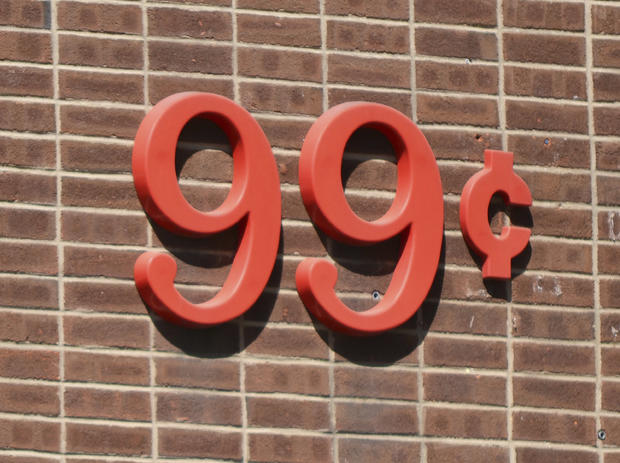
Known as "charm prices," prices ending in 9, 99 or 95 make items appear cheaper than they really are. Since people read from left to right, they are more likely to register the first number and make an immediate conclusion as to whether the price is reasonable.
When professor Robert Schindler of the Rutgers Business School studied prices at a women's clothing store, he found the 1 cent difference between prices ending in .99 and .00 had "a considerable effect on sales," with prices ending with .99 far outselling those ending with .00.
While this works right down to the last digit on a product as small as a $1.29 iTunes download, it's also effective on anything from a pair of jeans to a car or house. Homes selling for $299,000 often sell faster than those costing $300,000. The reason? It's under, rather than at, the upper limit of those shopping for houses in the $250,000 - $300,000 price range.
Pricing that doesn't end in 9 also tells our minds a story. If a price ends in 4 or 7, for example, it's likely to stand out because it doesn't end in 9. And it subliminally suggests the seller has seriously considered the price.
2. Dollars without cents
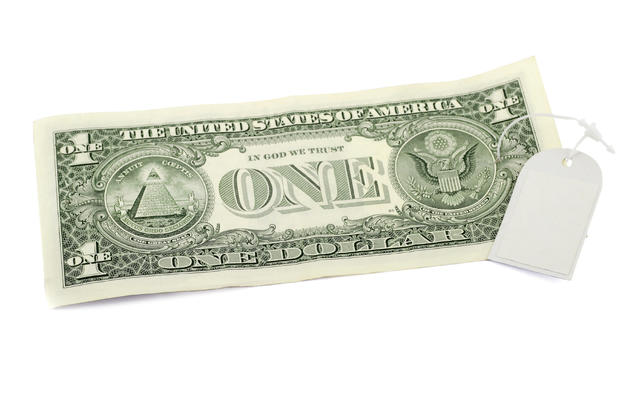
If you see prices with no change, the retailer or restaurateur is sending the message that you're in a high-end place. The implication is that if you're concerned about pocket change, you should move on.
3. Prices without dollar signs
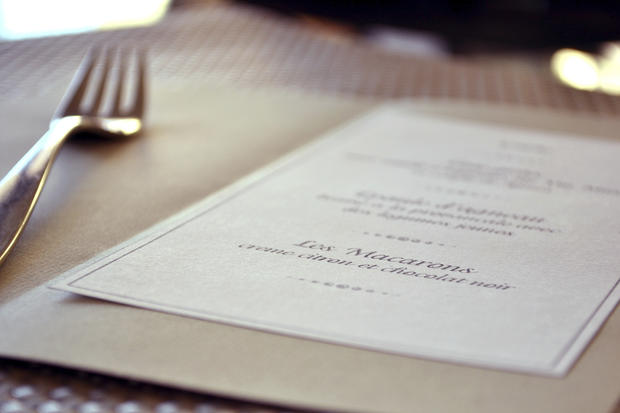
In "Tricks of the trade: Restaurants," we explained the rationale behind restaurants intentionally leaving dollar signs off menus: It makes customers spend more. In a Cornell study, guests given a menu with only numbers and no dollar signs spent significantly more than those who received a menu with either prices showing dollar signs or prices written out in words.
The same tactic translates to retail stores. When items are marked, say, "20" without the dollar sign, retailers are hoping customers won't associate the amount with money and thus be less likely to keep a running tally of how much they're spending as they shop.
4. 10 for $10 trick
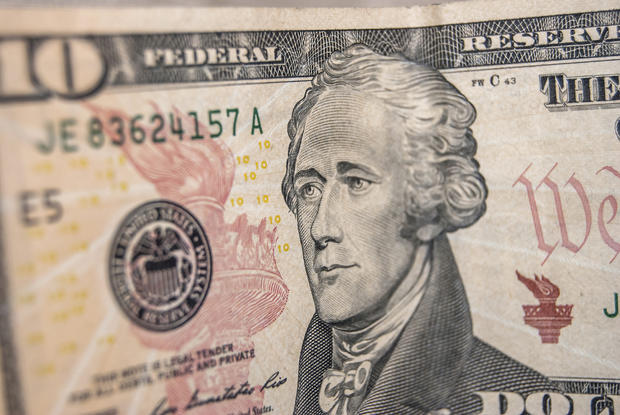
Stores push deals like "10 for $10," aiming to get shoppers to buy items like soup, cereal, etc., in bulk. But here's something stores don't advertise: You don't always have to buy in bulk to get the deal. In many cases, you could just as easily buy 1 for $1. It's something worth asking your retailer about before loading up your cart.
5. Per-customer limits
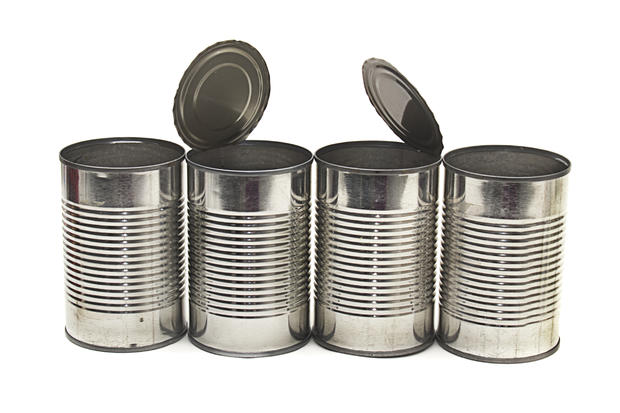
When stores add limits to products, like "limit 4 per customer," it tricks shoppers into thinking the product is scarce, the price low, or both. It also gives the impression of big demand. You find yourself buying several when you would normally buy just one, to avoid missing out.
6. "Free" promotion

Retailers know "free" is the magic word. So they roll out deals like buy-one-get-one-free -- sometimes persuading us to buy things we wouldn't normally purchase. Free shipping incentives requiring us to spend a certain amount of money also draw us in.
7. Simple prices
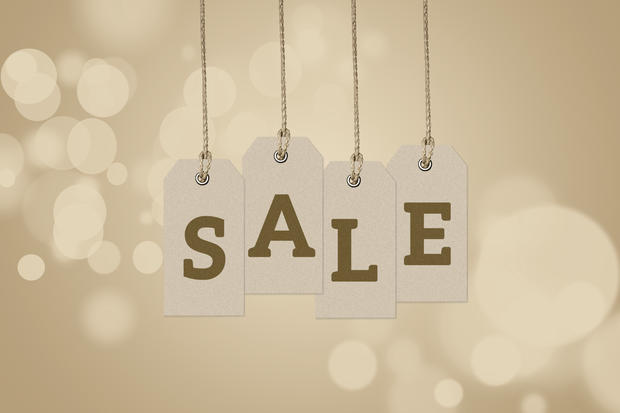
Simple prices, especially on products susceptible to future markdowns, allow shoppers to quickly compare how much they're saving. It's easy to compute the discount on a product originally priced at $50 that now costs $35, as opposed to an item originally priced at $49.97, now on sale for $34.97.
The bottom line
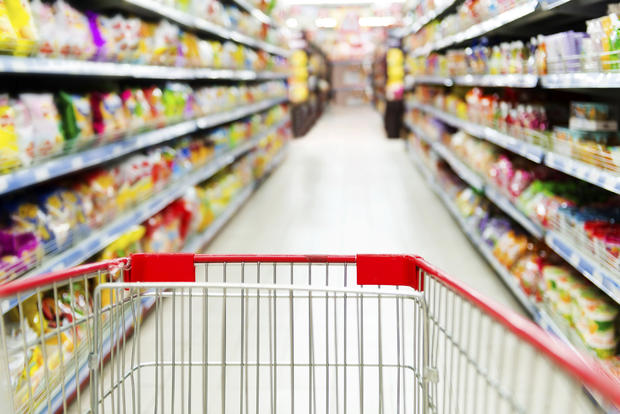
These tricks are so simple, it's easy to believe you're too sophisticated to fall for them. Odds are, however, you do, and so do millions of other people. Otherwise, they wouldn't be used. The psychology of shopping affects virtually everything you buy from toys to houses and food to Ferraris.
But being aware they exist -- and work -- may help you overcome them and make you a smarter shopper.
.95 Vs .99 Pricing
Source: https://www.cbsnews.com/media/7-pricing-tricks-that-make-you-spend-more/
Posted by: desmondbaccough.blogspot.com

0 Response to ".95 Vs .99 Pricing"
Post a Comment